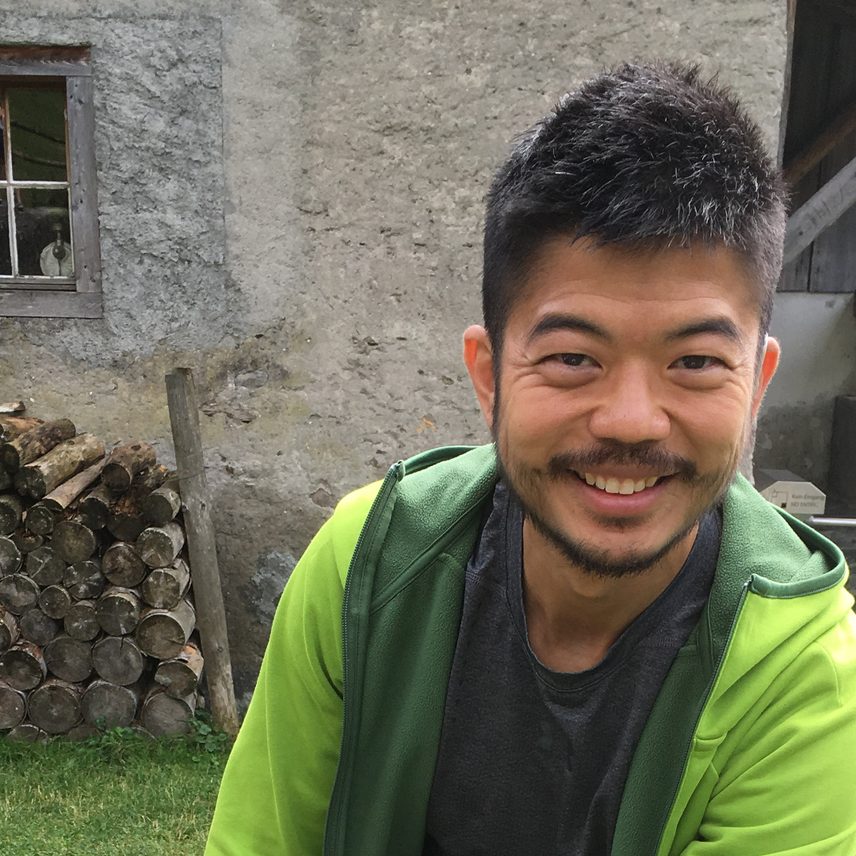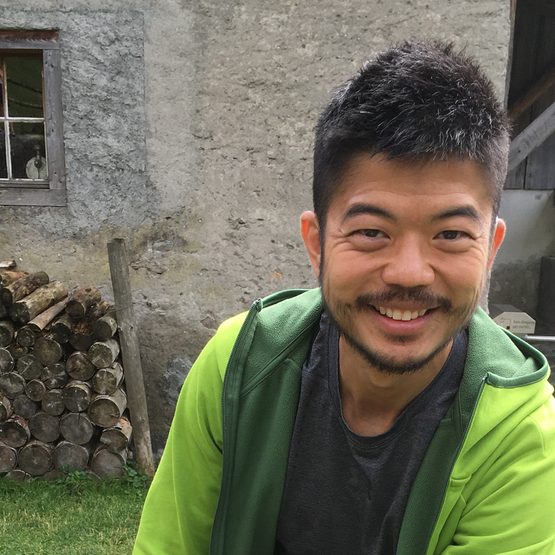Employee Stories
Adrian Yap
How can we be disability inclusive?
Listen and learn

Adrian
As a Deaf person, I know and have experienced the common misconceptions about Deaf people. The problem is that most people have never worked with a Deaf colleague, and so their misconceptions are perpetuated.
Sometimes people assume that Deaf people can lip read perfectly, but even the best lip reader can’t catch everything at normal speed. Sometimes people instinctively raise their voice to talk to Deaf people, although to a Deaf person, that can be quite intimidating, as it can give the impression we’re being yelled at. Aside from that, many people just don’t know how to behave around Deaf people, so they feel awkward, which can result in unintentional and unfortunate exclusion.
That’s not necessarily their fault, but it requires education and open dialogue on all sides to build positive relationships. Thankfully, when I joined Standard Chartered recently, I found people were willing to make that effort.
Smooth transition
Before I applied, I had a positive impression of the Bank because of its work in the diversity and inclusion, especially the disability inclusion, space.
Before I attended my interview, I wanted to be doubly sure how it would be carried out, so I wrote in to explain about my condition and request a video call interview. The interviewers were very supportive of the format I asked for. At one point in the interview, there was a technical issue and communications broke down, but Pooja, one of my interviewers, called me on WhatsApp to continue the discussion, which is something I’ve never experienced before. She made sure to speak slowly so I understood her.
Once I had succeeded in getting the job, Pooja contacted me. She wanted to discuss what kind of support I would need to smooth the transition to a new workplace and a new team, and I really appreciated the effort. She also assured me that everything I needed would be in place. The team onboarded BlueJeans so that I could use the closed caption technology to help with meetings, and she informed the other team members about my needs. It was a wonderful start for me and helped bridge any potential insecurities on either side.
Since I joined, I’ve been able to connect with Deaf colleagues from China, India, Japan and Malaysia. It was heartening to see that the Bank is proactively hiring Deaf people and giving them the proper support. There is even a full-time sign language interpreter, whose role is to mediate conversations if needed, and to help train hearing colleagues in sign.
People with disabilities have been conditioned by their environment to ‘stay excluded’, but that needs to change Adrian Yap
Adrian Yap
How we need to proceed
In the past, disability was considered a taboo. When people with disabilities applied for jobs, we were told not to declare our disability as it would jeopardise our chances of being accepted. People with disabilities have been conditioned by their environment to ‘stay excluded’, but that needs to change.
Thankfully, movements like #MeToo and an increased focus on mental wellbeing have helped remove barriers and biases against different groups. The same needs to happen for disabilities. It really helps to have a collective voice for action.
In the workplace, that means ensuring everybody is comfortable to bring their whole self to work.
Pooja, Adrian’s line manager
From the moment I interviewed Adrian and decided to hire him, I knew I needed to work on how to integrate him. People need a nudge sometimes to be sensitive, and to be reminded to challenge their unconscious biases.
The first thing we did was to reach out to the tech team and get BlueJeans onboarded, so we could make use of the close caption feature. Within a week they rolled it out across the bank for everybody. I also spoke to the deaf community within the bank – including our full-time interpreter whom I hadn’t known we had! – on how best to welcome Adrian.
I instructed my team that we’d be using a hybrid approach for communications with Adrian – a mix of video and typing – which has worked really well. I also sent around an email to everyone on the floor with a picture of Adrian, so people knew who he was and that he was Deaf.
The other big thing was my own awareness. I had to be honest with myself and admit that I did not have all the answers, that in order to make things work, I would need to make an effort personally. So since Adrian joined us, he’s been teaching the team one new sign every day. After just a few months, I can already talk to Adrian on a basic level in sign!
Businesses need to be aware of their shortcomings on disability inclusion, even they feel they have good systems in place. We do a really good job at Standard Chartered, but we can always do better. We just need to be open and willing to admit our own ignorance. Awareness is a great way to get the conversation started.